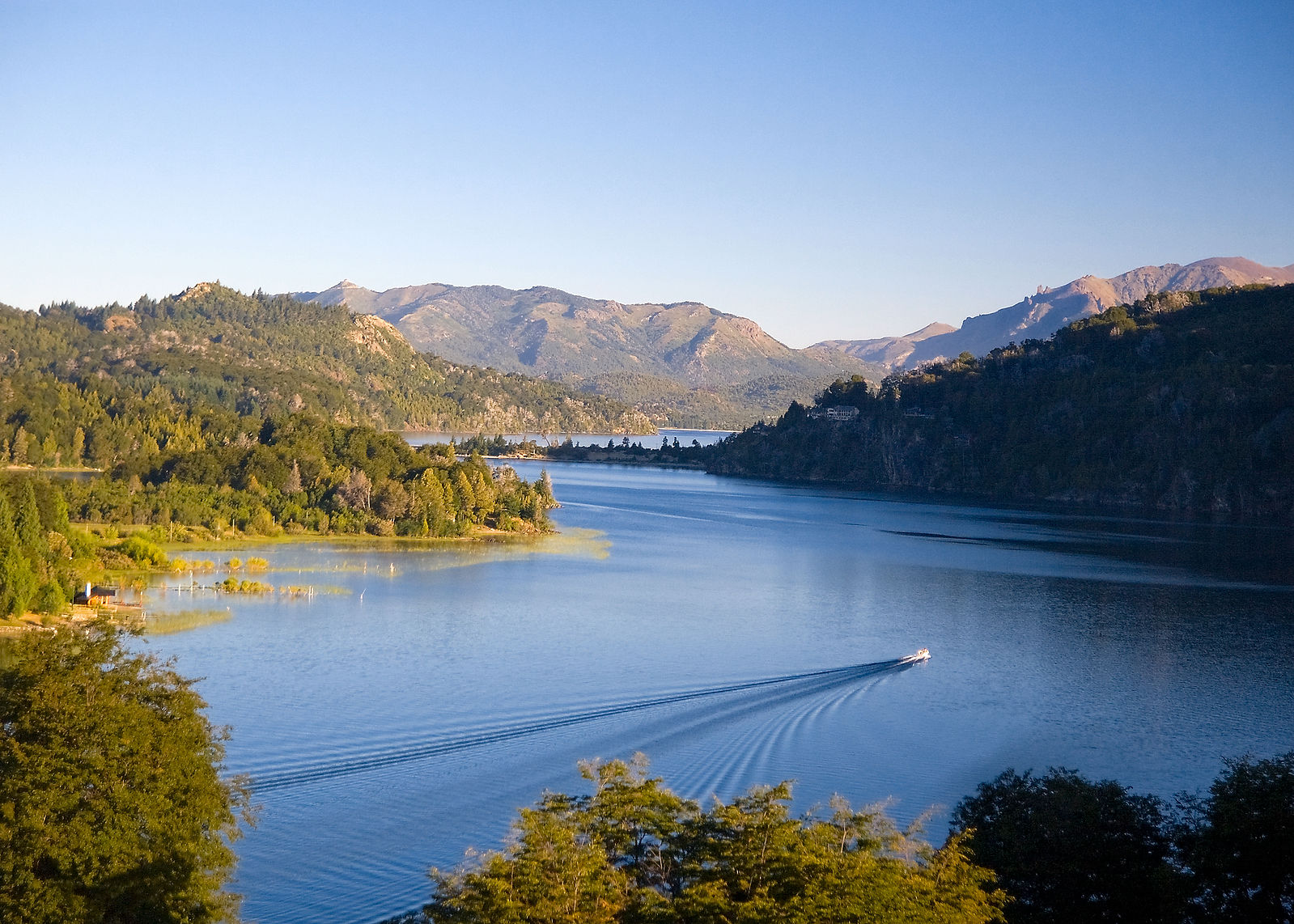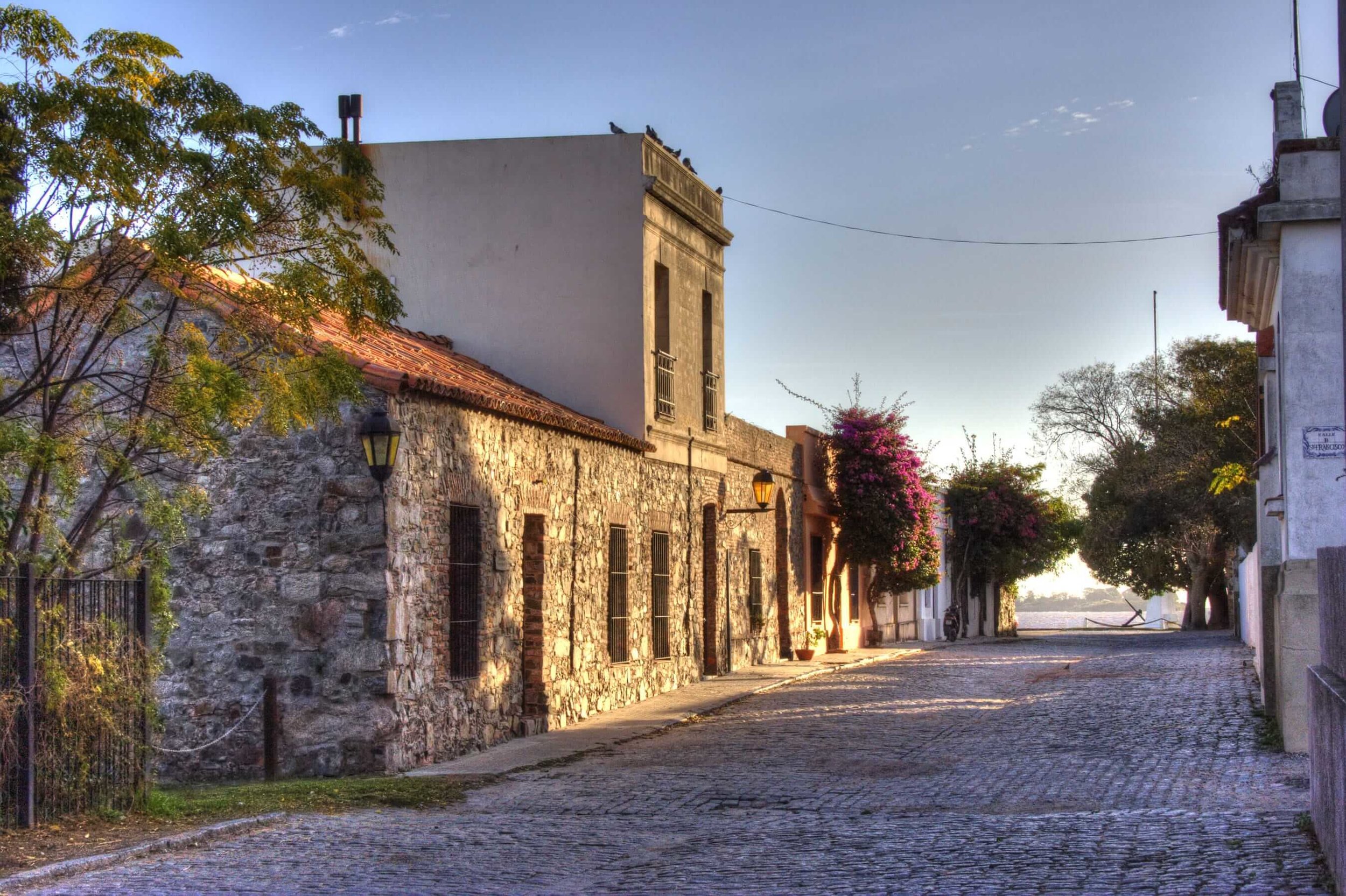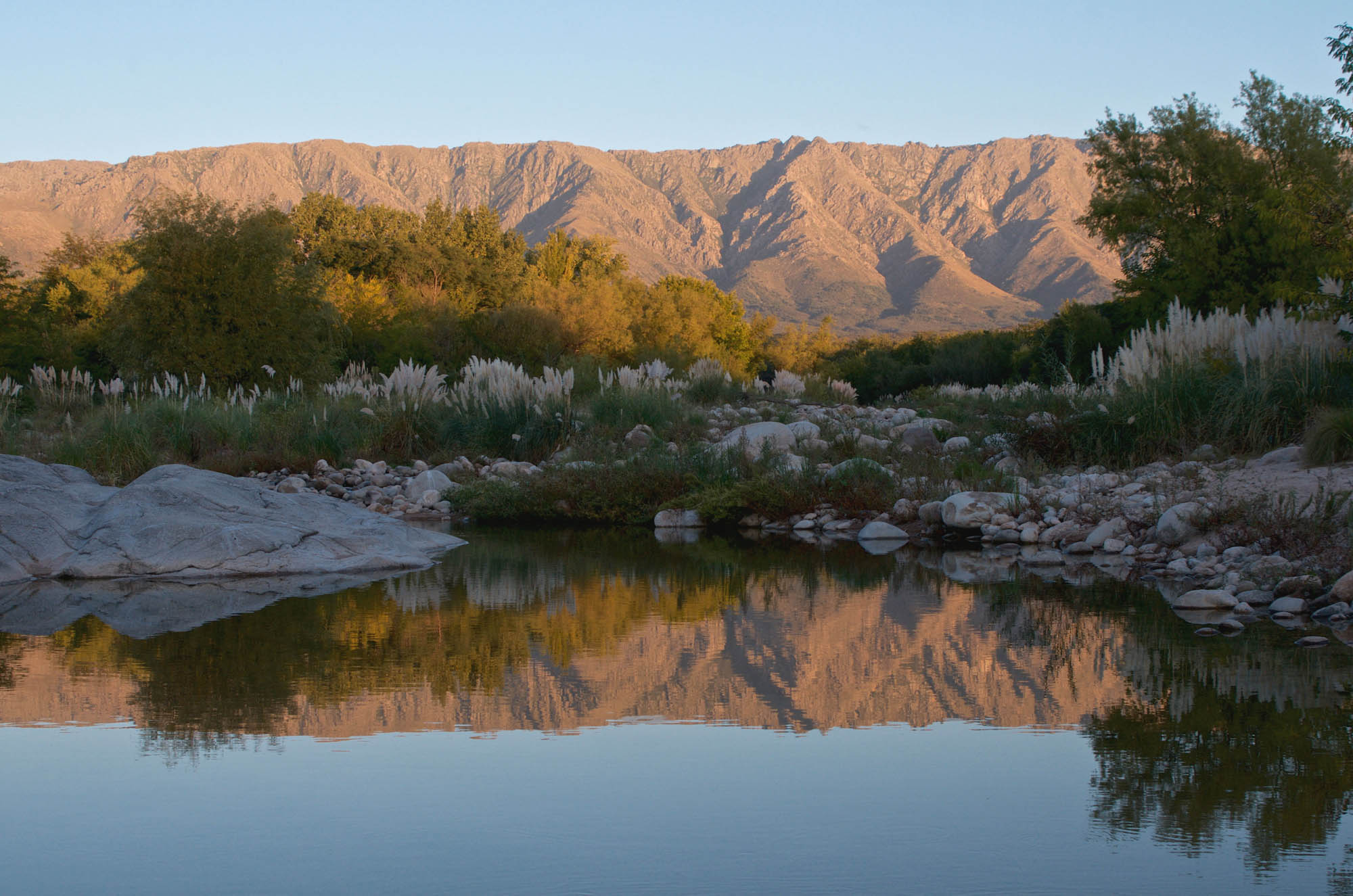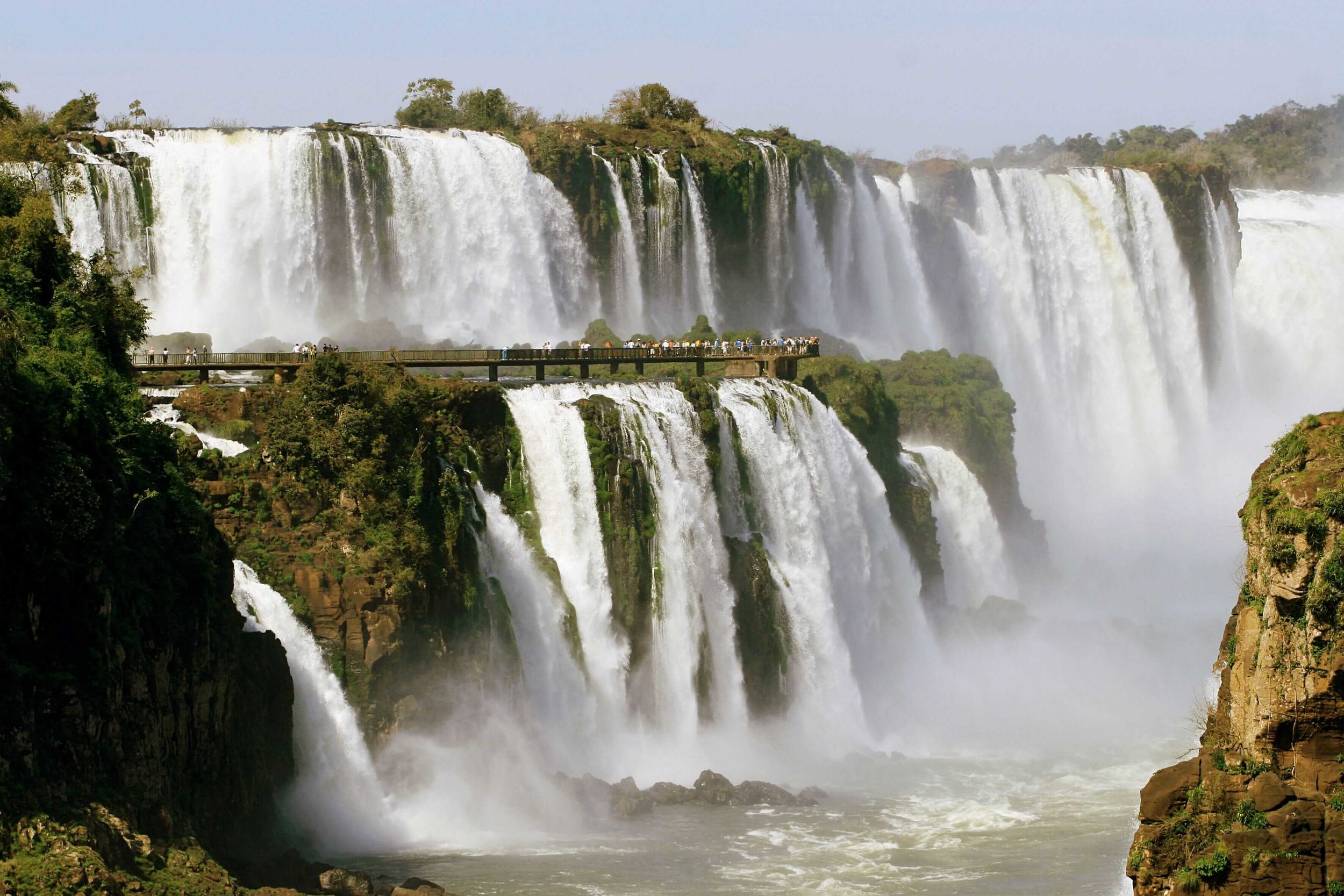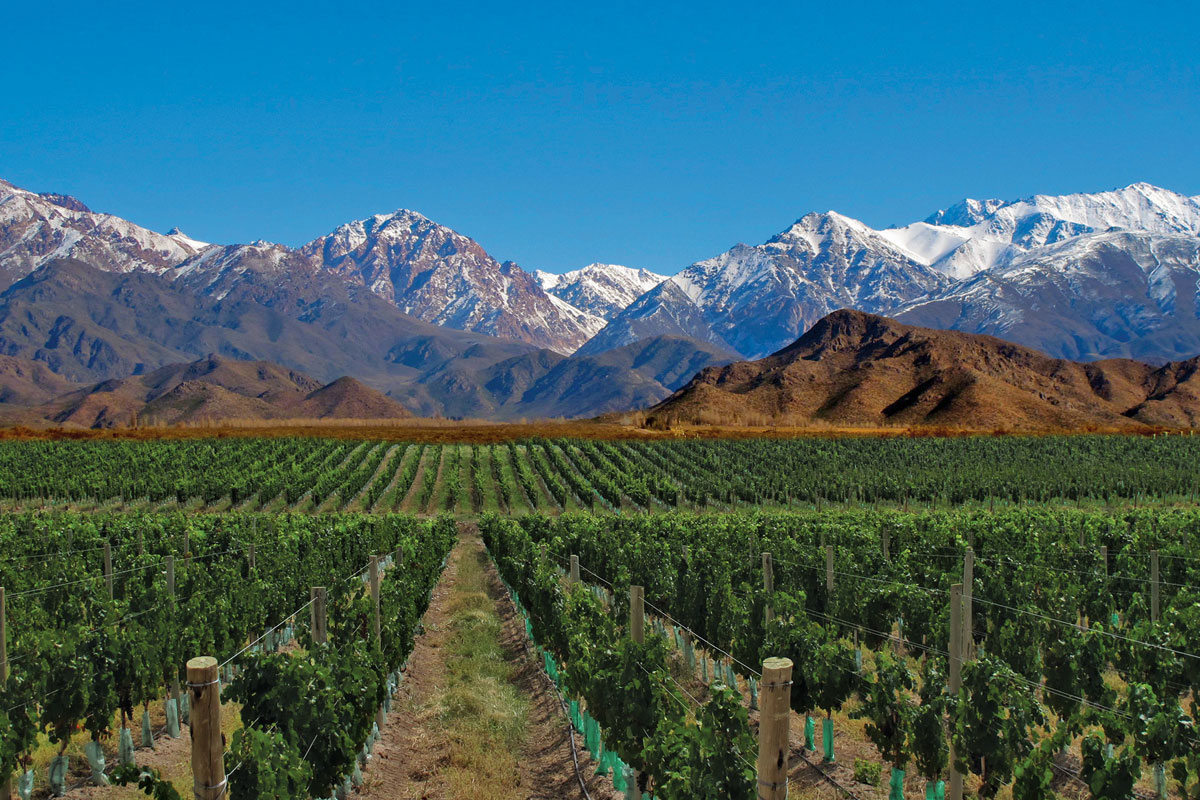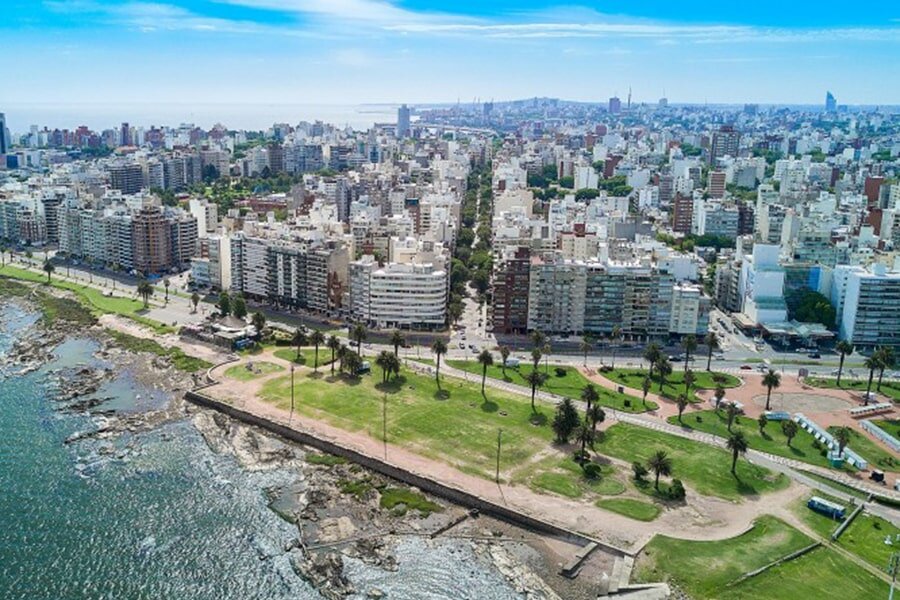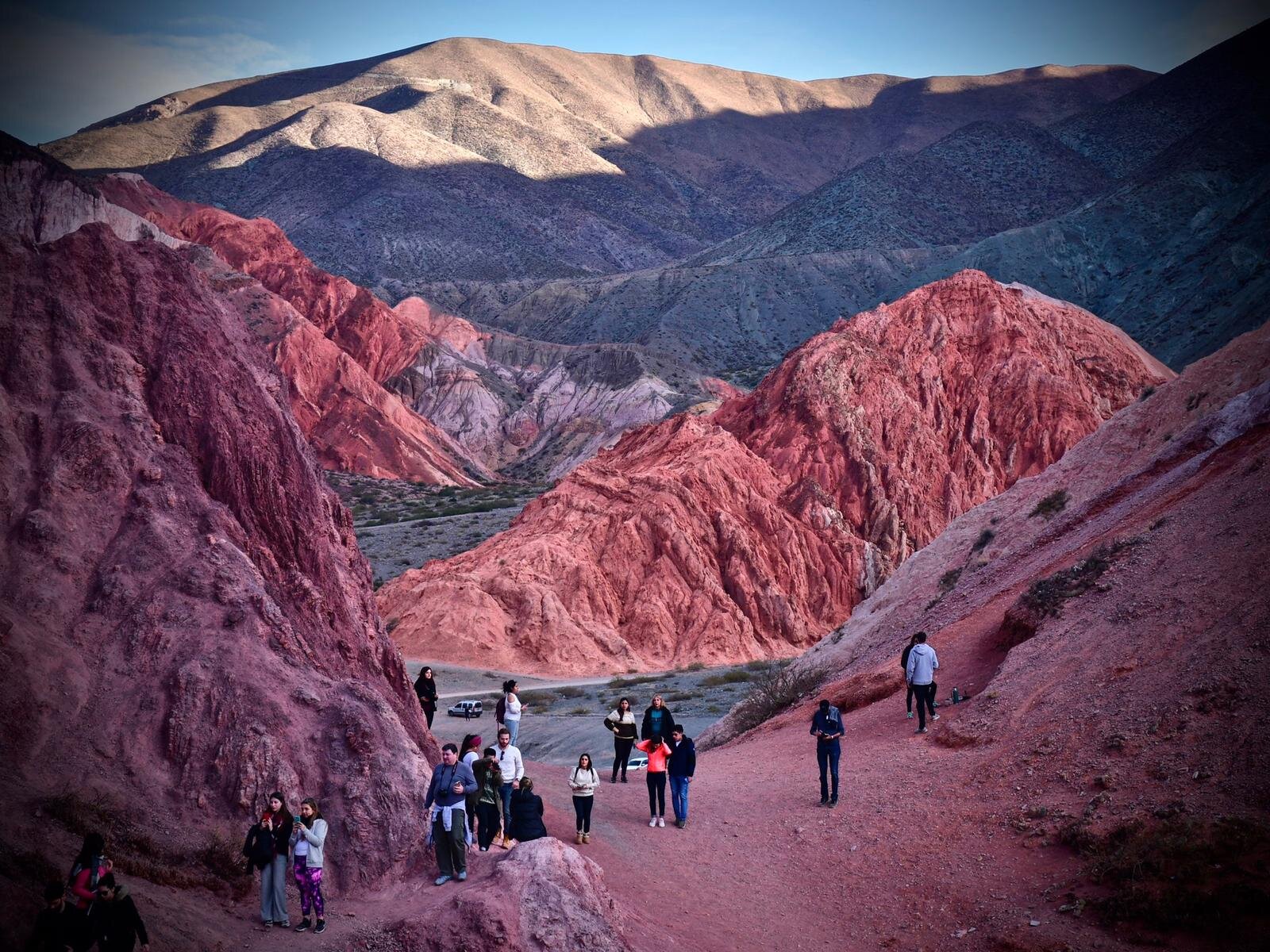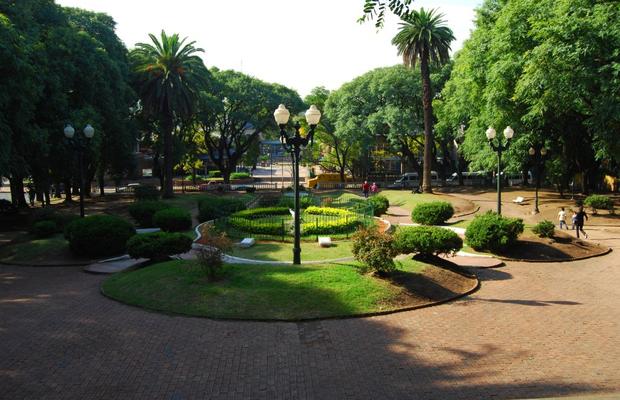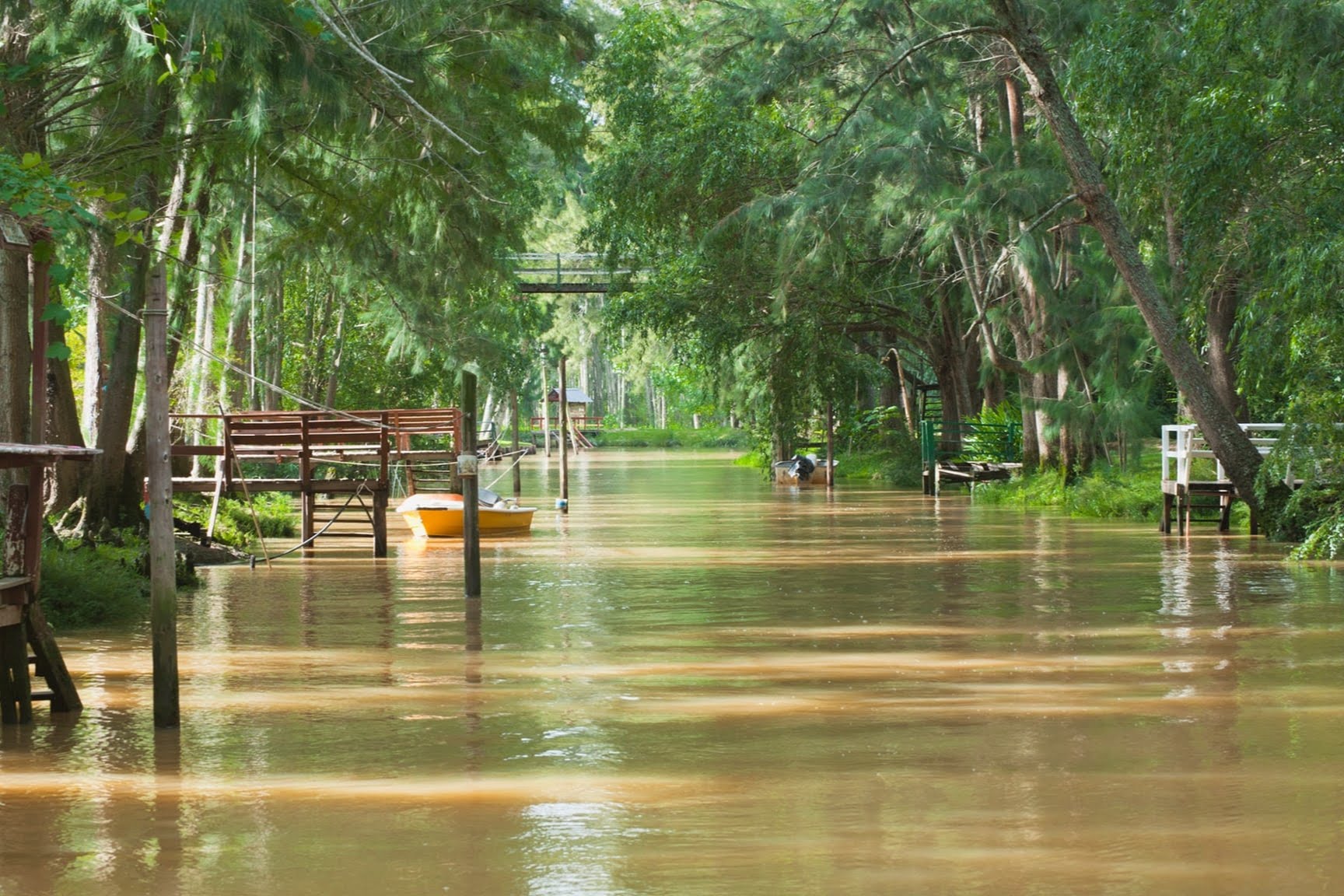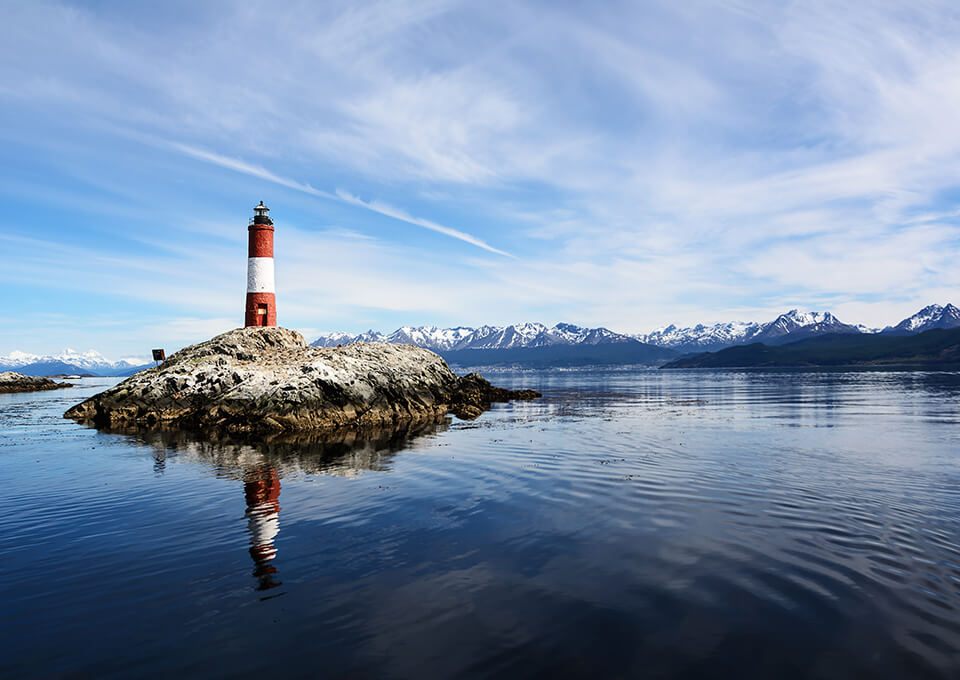Montevideo: Puentes Destination Guide
Both the capital and largest city of Uruguay, Montevideo offers the amenities of a big city while maintaining a relaxed, more low-key vibe than Buenos Aires. With a population of about 1.3 million people, Montevideo makes up one-third of the entire country! Established in 1724 by Spanish soldier Bruno Mauricio de Zabala, Montevideo now boasts a vibrant culture, delicious food, and is a significant hub in the entrepreneurial and technological space.
Puentes Map of Montevideo
Map Sections:
Museums
Parks & Outdoor Markets
Things to Do
Shopping
Cafes & Restaurants
Bars & Nightclubs
Sports
Destinations
how to get there
While flying is possible, the easiest and most efficient way to travel between Buenos Aires and Montevideo is by ferry. Buquebus offers direct ferries that take around 2.5 hours and one-stop ferries via Colonia. Prices vary depending on the route chosen. Buquebus has a terminal in Puerto Madero. We recommend 2 to 3 days for your stay in Montevideo.
Getting around Montevideo
Montevideo has an extensive public transportation system, including buses and taxis. The city's bus system is reliable and affordable, with numerous routes covering the entire city. Taxis, Uber and Cabify are widely available and can be hailed on the street or booked via apps. However, since Montevideo is a very pedestrian-friendly city, we recommend you bring some comfortable shoes to walk around.
WHERE TO STAY
Montevideo offers a variety of neighborhoods ideal for tourists, each with its unique charm and amenities.
Pocitos: This upscale neighborhood is known for its proximity to the coast and its safety. It's perfect for beach lovers and those who enjoy a lively atmosphere with many bars, restaurants, and shops.
Punta Carretas: Close to Pocitos, Punta Carretas offers a mix of coastal beauty and urban convenience. It’s home to the Punta Carretas Shopping mall and numerous high-end dining options.
Parque Rodó: Known for its large park, this neighborhood offers a relaxed atmosphere with plenty of green spaces and is close to the coast. It’s ideal for those who enjoy outdoor activities and a quieter environment.
Neighborhoods
WHAT TO DO
Museums and Culture
Excellent museums and historical sites can be found throughout the city of Montevideo. The following is a list of some of the not-to-be-missed places in the city:
Andes 1972: Learn about the tragic plane crash and the remarkable survival story.
Museo del Tango: Discover the birth of tango and its cultural impact.
Museo Nacional de Artes Visuales: Explore a vast collection of national and international art.
Espacio de Arte Contemporáneo: Enjoy contemporary art in a former prison.
Museo del Fútbol: Delve into Uruguay's rich soccer history and its global achievements.
Museo Juan Manuel Blanes: Admire works by notable Uruguayan artists in this fine arts museum.
Cinemateca Uruguaya: Watch Uruguayan and independent European movies with English subtitles.
Plaza Independencia: Visit Montevideo’s most important plaza connecting the Old City with downtown.
Palacio Salvo: Explore one of the tallest and most historic buildings in the city.
Carrasco: Discover the beautiful architecture of this unique neighborhood that served as a spa-town for the first inhabitants of Montevideo.
Teatro Solís: Attend shows, concerts, or guided tours at this prominent theater.
Castillo Pittamiglio: Visit the enigmatic castle of architect Humberto Pittamiglio.
Nature and Outdoors
Montevideo is considered to be quite an outdoorsy city, largely due to its extensive coastline, numerous green spaces, and city parks, such as Parque Rodó. The local culture embraces a relaxed, outdoor-focused lifestyle that is best experienced along the city's 14-mile waterfront promenade, the Rambla. The city also boasts a variety of beaches, such as Playa de los Pocitos or Playa de Carrasco. Punta del Este, located just a bus ride away, is the most famous beach city on the continent, often referred to as the Miami of Latin America.
Community Service
Puentes collaborates with various NGOs and local soup kitchens in Montevideo that work tirelessly to bridge the socioeconomic gap and improve the lives of vulnerable populations. For those students who are interested in contributing, there are countless opportunities to contribute meaningfully. These volunteer organizations offer activities that make a direct impact but also will help you gain a deeper understanding of the social issues affecting the city, fostering growth, empathy, and cross-cultural exchange:
TECHO Uruguay works to overcome poverty through the training and joint action of residents and young volunteers, promoting community development, influencing public policy, and building emergency residences in the most at-risk neighborhoods. Check available volunteer days.
Redalco delivers fruits and vegetables to vulnerable populations with the mission of improving nutrition and reducing food waste. Fill out this form to request information on how you can volunteer.
Olla San Ignacio Loyola is a local meal center that serves food to the under resourced of the community. Their goal is to generate, through food aid, a meeting place which welcomes those in a state of social vulnerability.
City Tours
There’s no better way to get to know your new home city than by walking its streets and learning about its history and architecture. Here is a list of free walking tours that will help you get oriented and understand some historical context. While these tours are officially free of charge, tipping is expected.
Curioso Free Tour: this tour company offers free walking tours in both Ciudad Vieja and Punta Carretas.
Primer Free Walking Tour: offers a fun and education two hour tour through Ciudad Vieja.
Matias On Tour: free walking tour of Ciudad Vieja and Prado.



















